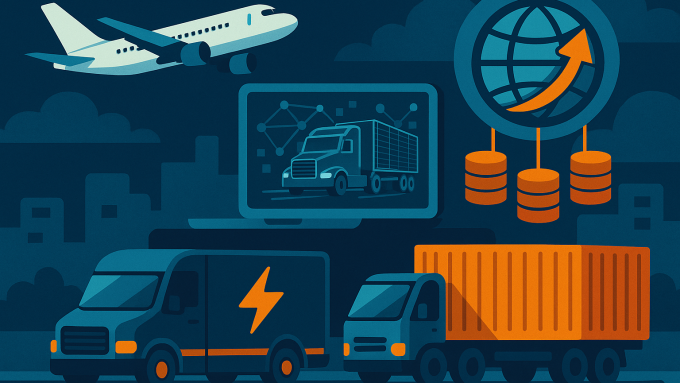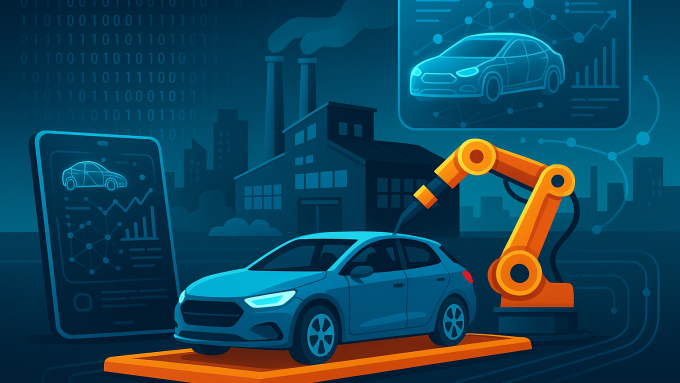Cyber-Physical Infrastructure Review Update from Simon Hart, Head of Digital Twins and Cyber-Physical Infrastructure at Innovate UK
Cyber-physical infrastructure connects data, infrastructure, robotics and services. It is the vast interconnected web of intelligent systems across the UK. It is not a single thing, a single data source or asset, but an interconnected system of systems that has the potential to improve our lives and tackle some of the greatest challenges to humanity.
Cyber-physical infrastructure means digital systems interacting with physical assets. The concept is simple, but the implementation is complex. To truly decarbonise our energy system, we must accept that new dynamic sources of energy, storage and consumption will rapidly become connected, but how will we ensure that these work together for the public good?
We want to identify and manage traffic on our rail networks. How can we do this without access to information and data?
Security of data is paramount, so how can we make real-time data about the movement of people through a city be available in a safe and secure way to develop better healthcare services for that population?
These are some of the challenges for the development of cyber-physical infrastructure.
Last year, Innovate UK funded collaborative projects at six different Catapult centres across the UK. We ran workshops with UK experts in digital research infrastructure and engaged with start-ups experts and government stakeholders to capture their needs. See my earlier blog: How we created the cyber-physical infrastructure.
Faster commercialisation, cheaper development, and more effective collaboration of innovative ideas
Innovate UK has been proud to work with Henry Fenby-Taylor to review the progress made so far. This review showcases project examples, demonstrating how cyber-physical infrastructure can be applied in various contexts and domains.
Project examples are:
- DOME and 5G Marine Portal, providing offshore wind developers and operators with a unique platform to demonstrate and test virtual solutions
- Transport Research Innovation Board (TRIB) Vision and Roadmap to 2035, a vision for an ecosystem of connected digital twins to support decarbonisation and improved performance of UK transport systems
- Apollo Protocol, a collaborative framework to aid the development of digital twins across different sectors
- National Digital Twin Programme (NDTP), an R&D programme to develop standards, processes, and tools to enable a functioning market in digital twins.
Over the coming months we will work to gain a greater understanding of business needs and opportunities for the National Cyber-Physical Infrastructure ecosystem. It is an exciting time for the innovation community and I look forward to working with you.
The Fenby-Taylor Cyber-Physical Infrastructure Review, published on 16 November 2023, is accessible to everyone and I would encourage innovators, leaders and collaborators to read it.



Leave a comment